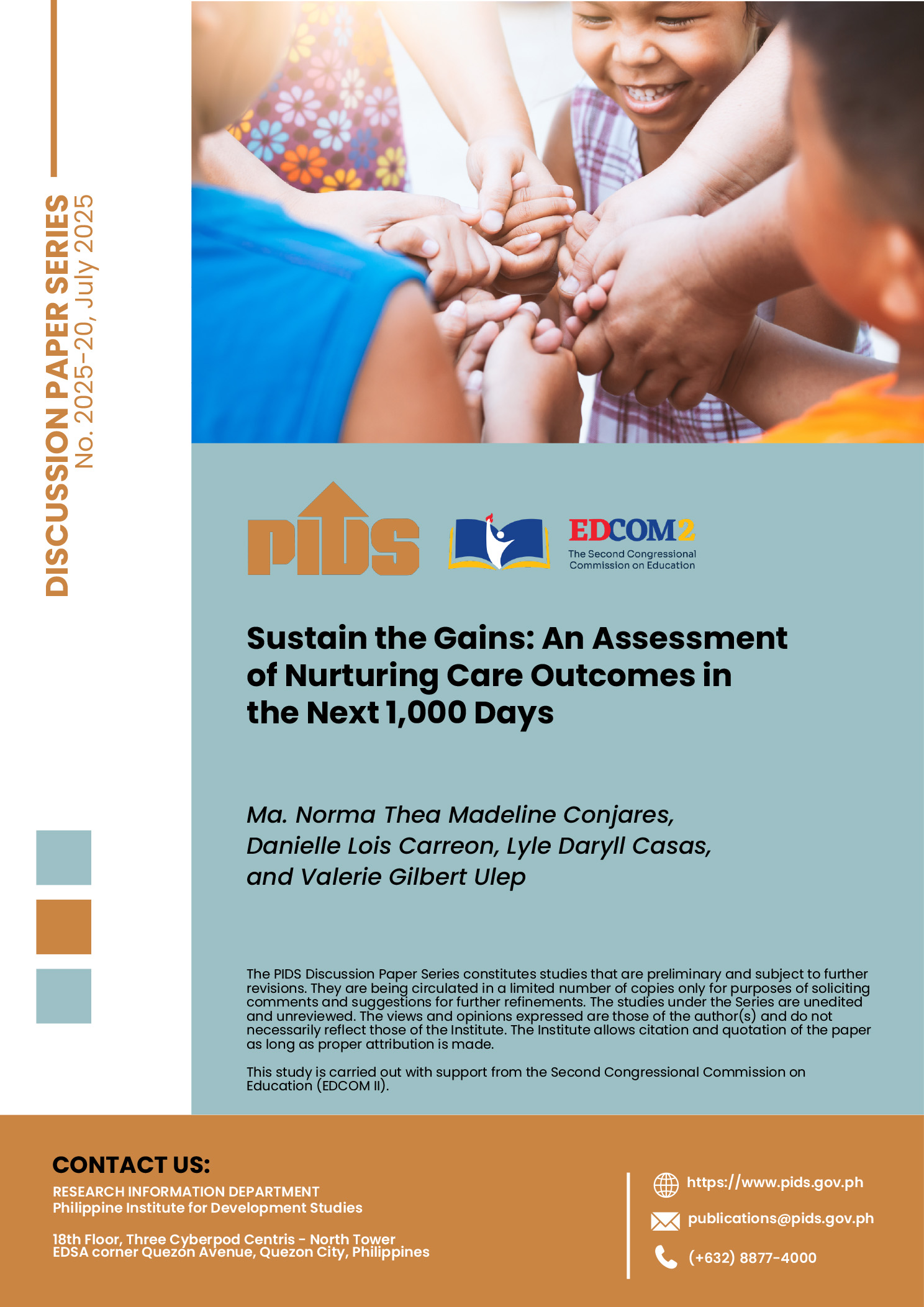Impoverished women workers are vulnerable to sexually transmitted diseases (STD) than those from the affluent households, according to a study conducted by a research group.
The report was released by Quezon City-based state think tank Philippine Institute for Development Studies (PIDS) which based its study on the 2008 Philippine National Demographic and Health Survey.
The study was administered by the then National Statistics Office, PIDS Research Fellow Michael Abrigo who said that about 41 percent of poor females aged 15 to 24 are at risk of getting infected with STDs, compared to only 22 percent of females from well-off families.
Abrigo attributed this to the low level of awareness about STDs among poor female young adults in the country.
Recent records of the Department of Health (DoH) show that there are 9,217 listed cases of HIV/AIDS from January to October last year while the total reported cases from January 2010 to May 2017 is at 40,388.
Contrary to claims that mandatory comprehensive sex education in school is likely to lead to earlier sexual initiation and higher rate of sexual activity among young adults, Abrigo’s study showed that implementing sex education programs in schools results in better sexual behaviors.
Abrigo believes it delays sexual initiation, limits sexual activity, and increases the use of condoms among some groups in the population.
Also, the study found that increasing knowledge on HIV/AIDS may rake in substantial savings for the government in the long run.
“Focusing on the poor population by increasing HIV/AIDS knowledge could lead to a decrease in at-risk population by 1.1 percentage points or about 2 to 3 percent. This can translate to an annual total cost savings of about USD 0.5 million (P 25.35 million) to USD 5.8 million (P 294.13 million),” Abrigo said.
To prevent and minimize the spread of the disease, Abrigo urged the government to make sexuality and reproductive health information more accessible in the Philippines, especially to the young adult population through social and mainstream media.












